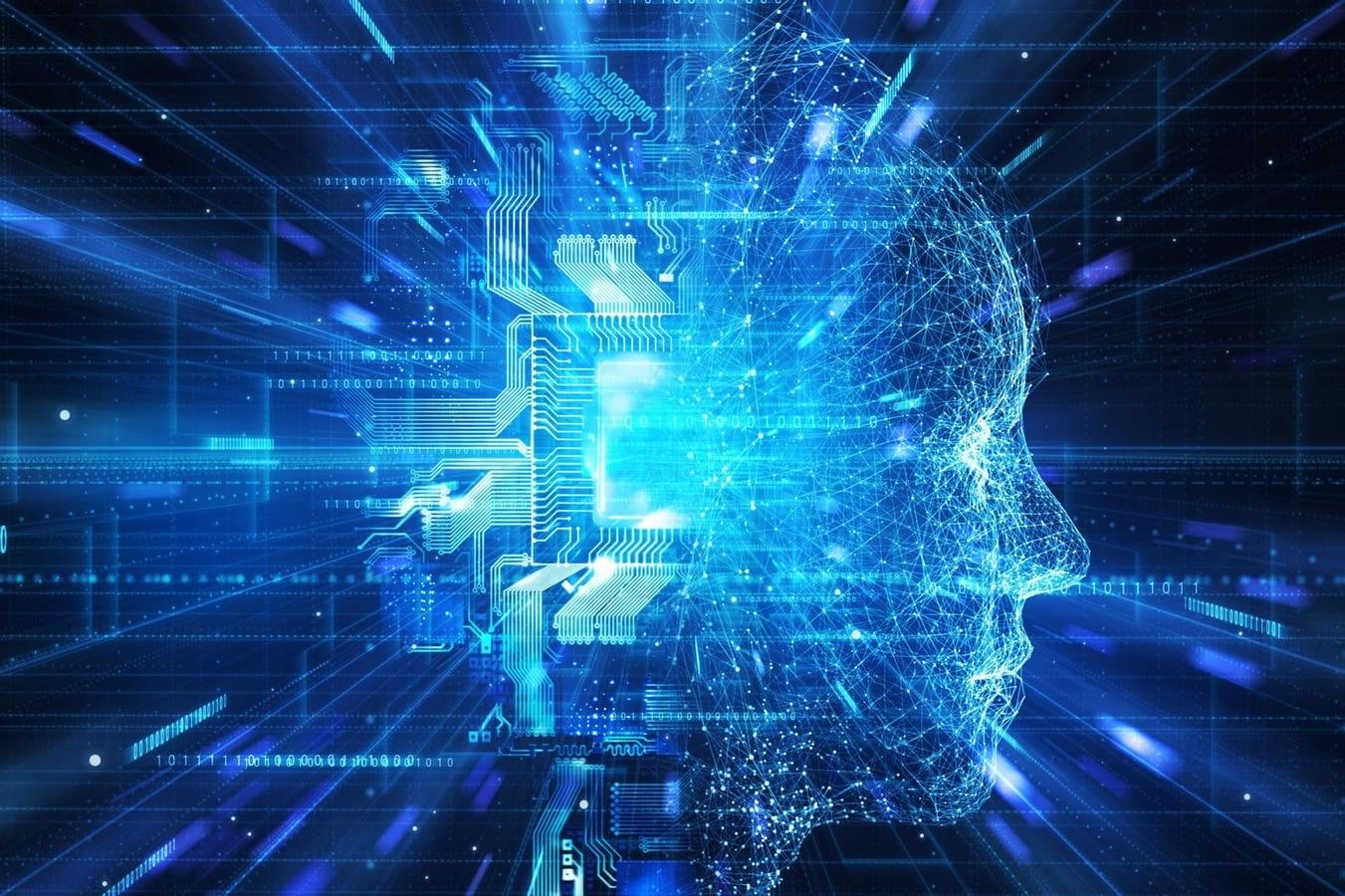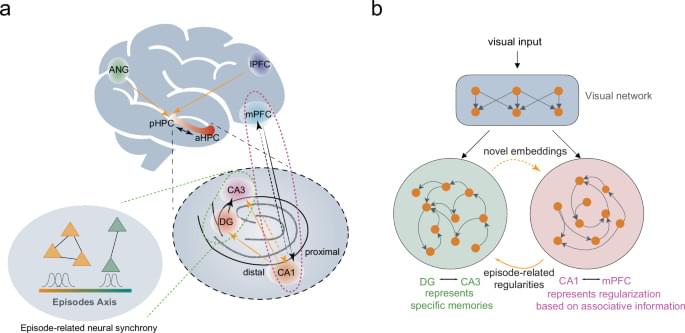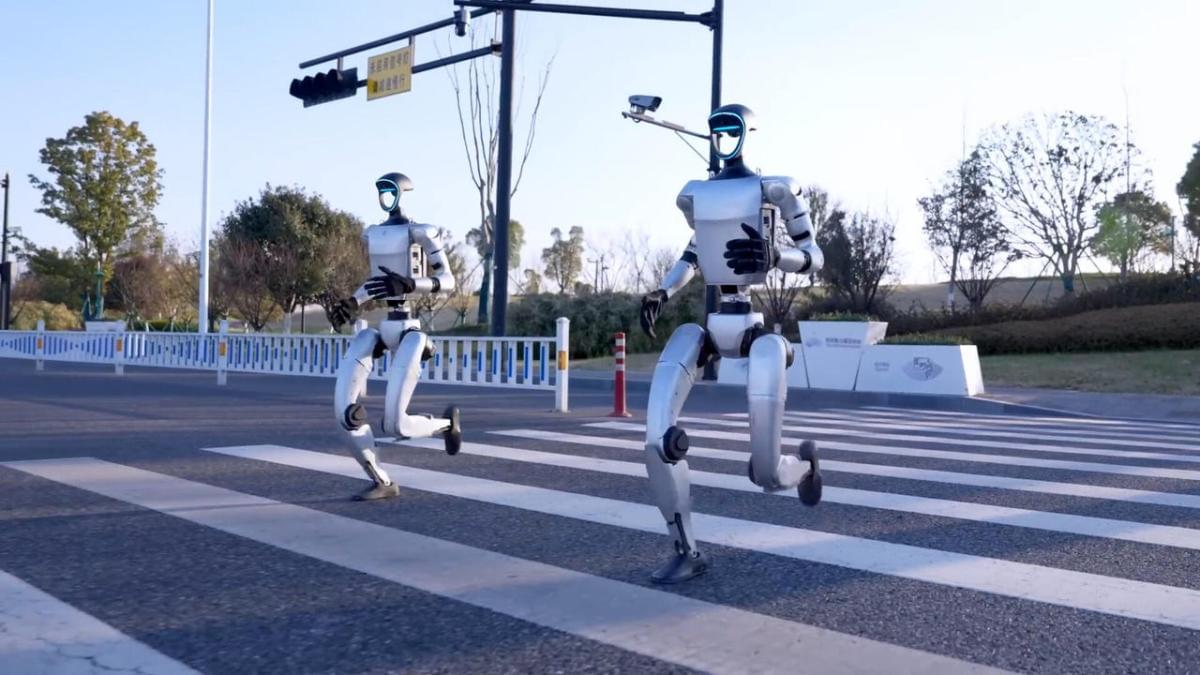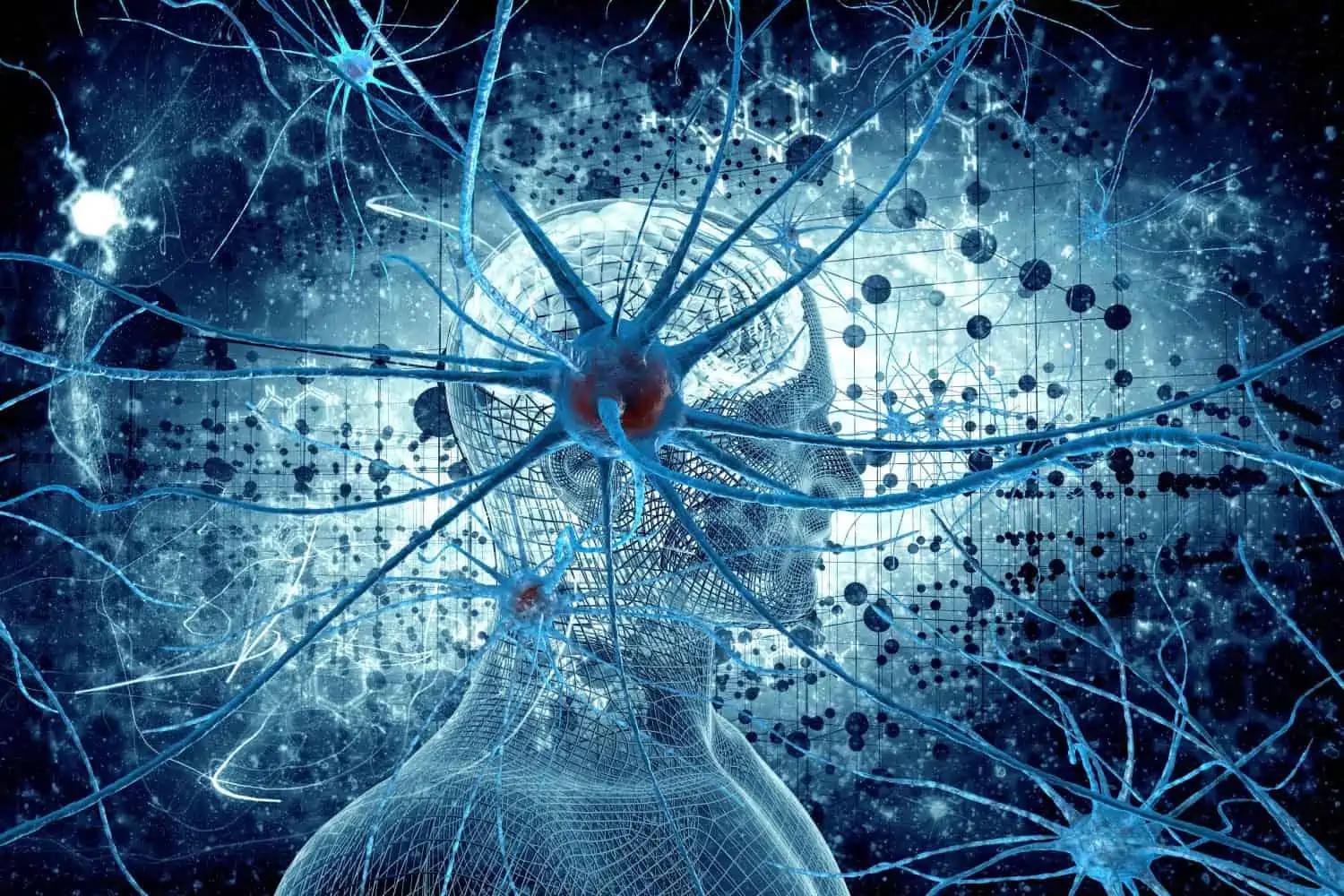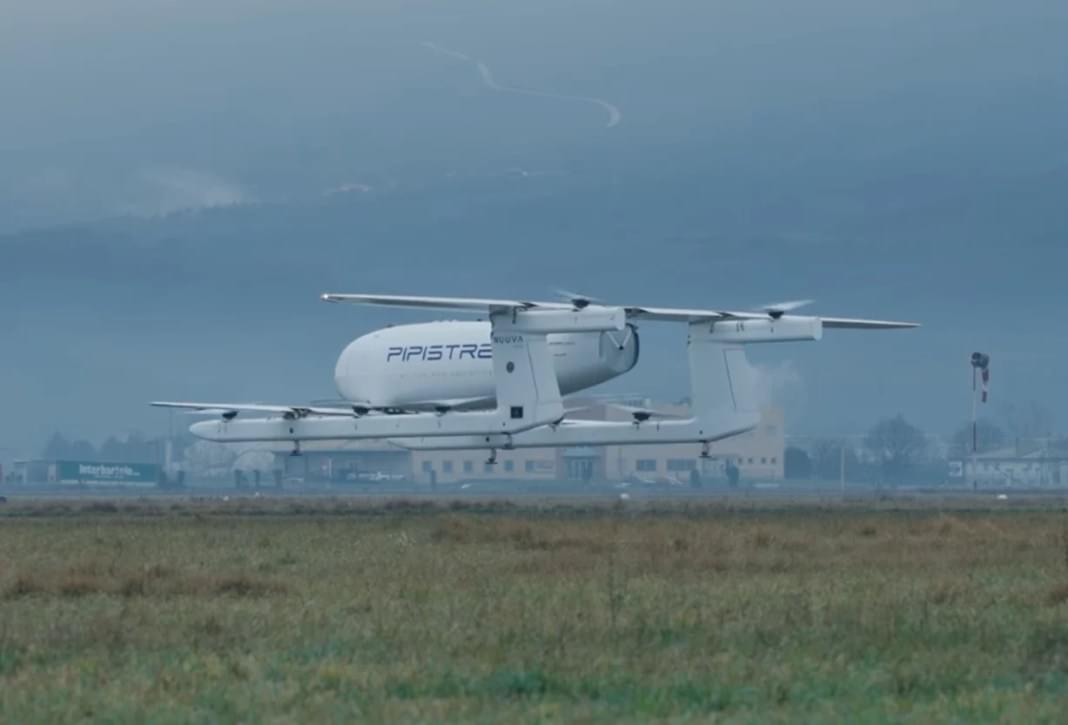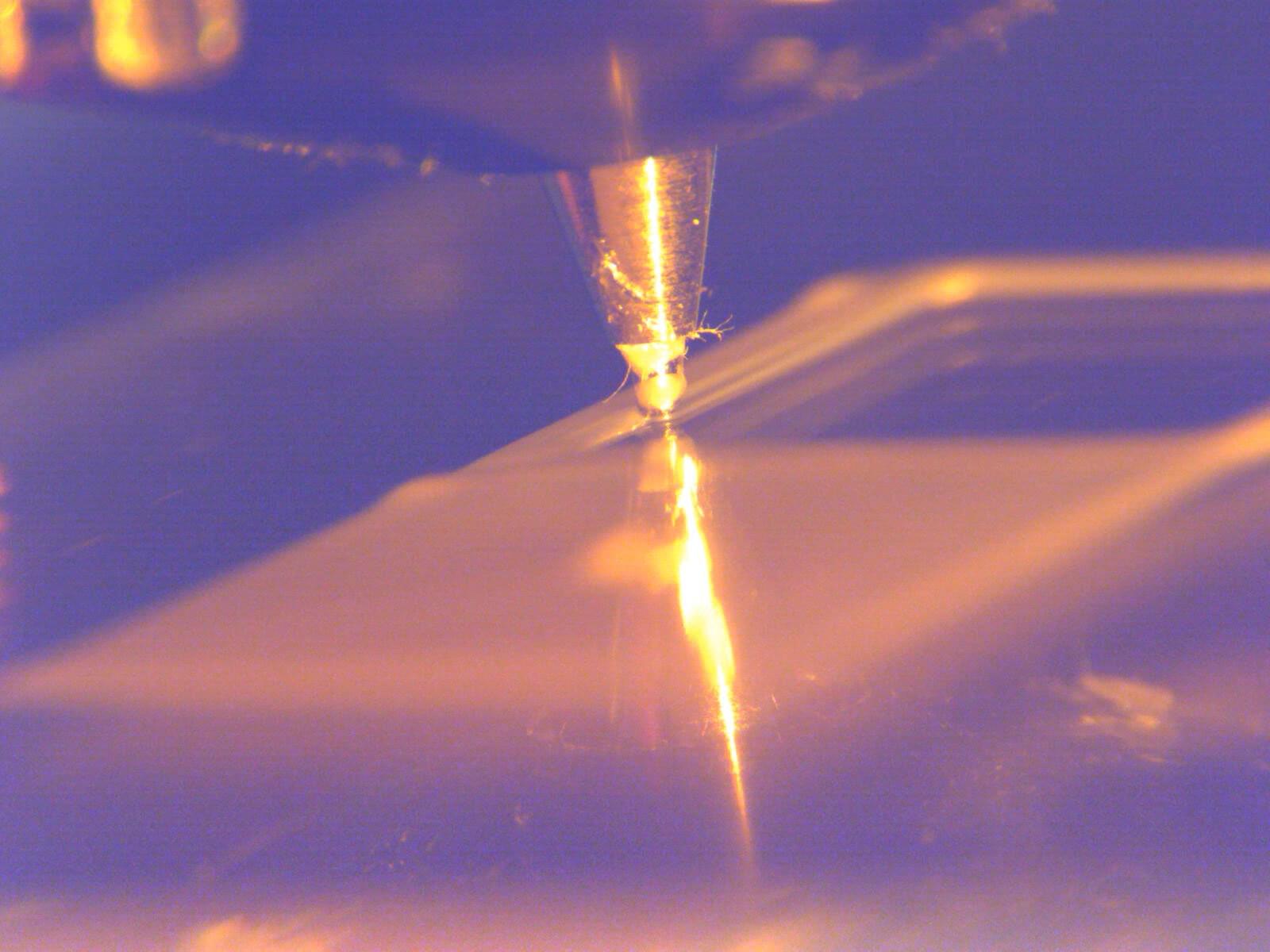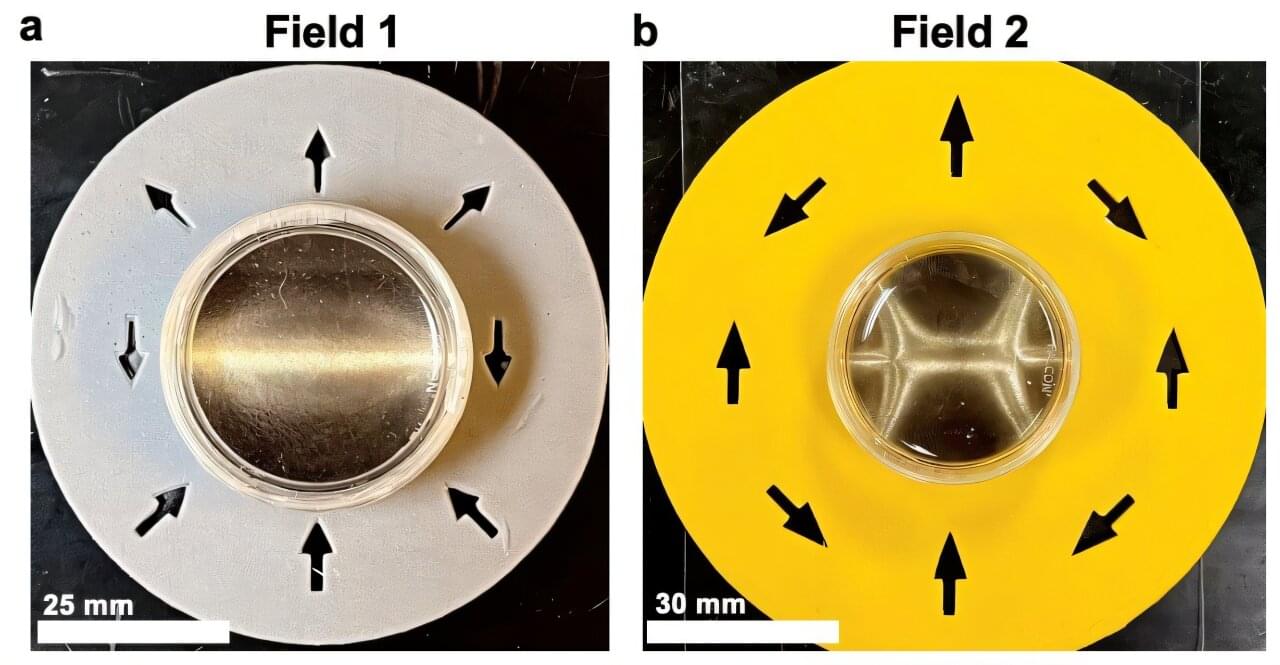However, despite these advances, human progress is never without risks. Therefore, we must address urgent challenges, including the lack of transparency in algorithms, potential intrinsic biases and the possibility of AI usage for destructive purposes.
Philosophical And Ethical Implications
The singularity and transcendence of AI could imply a radical redefinition of the relationship between humans and technology in our society. A typical key question that may arise in this context is, “If AI surpasses human intelligence, who—or what—should make critical decisions about the planet’s future?” Looking even further, the concretization of transcendent AI could challenge the very concept of the soul, prompting theologians, philosophers and scientists to reconsider the basic foundations of beliefs established for centuries over human history.
